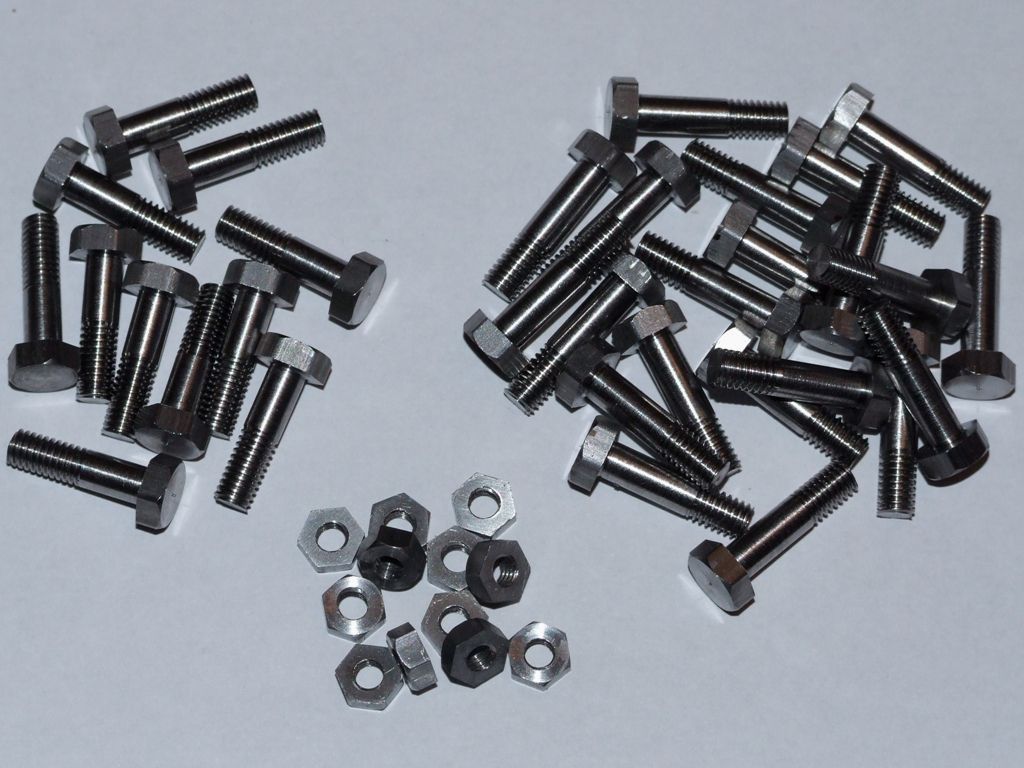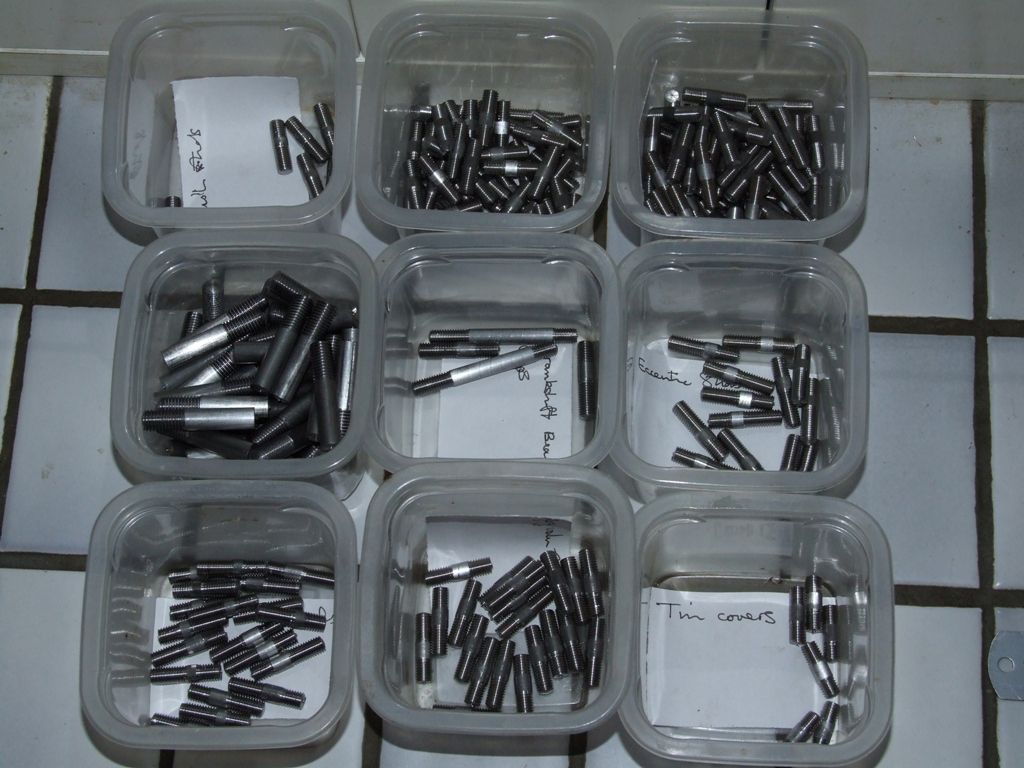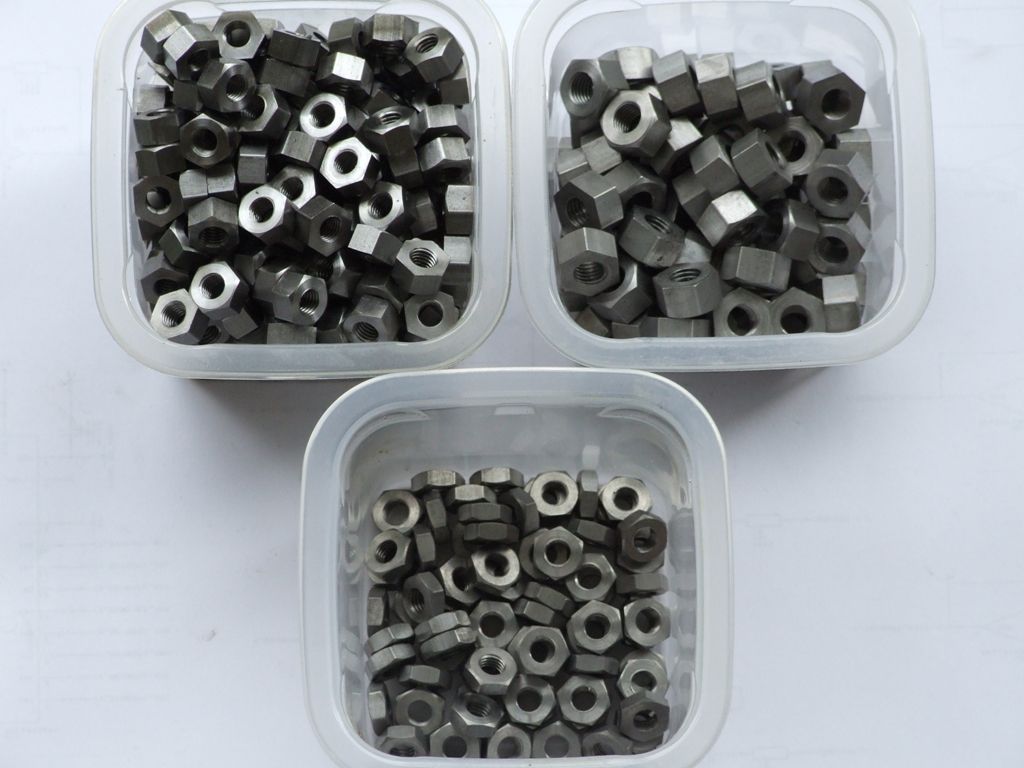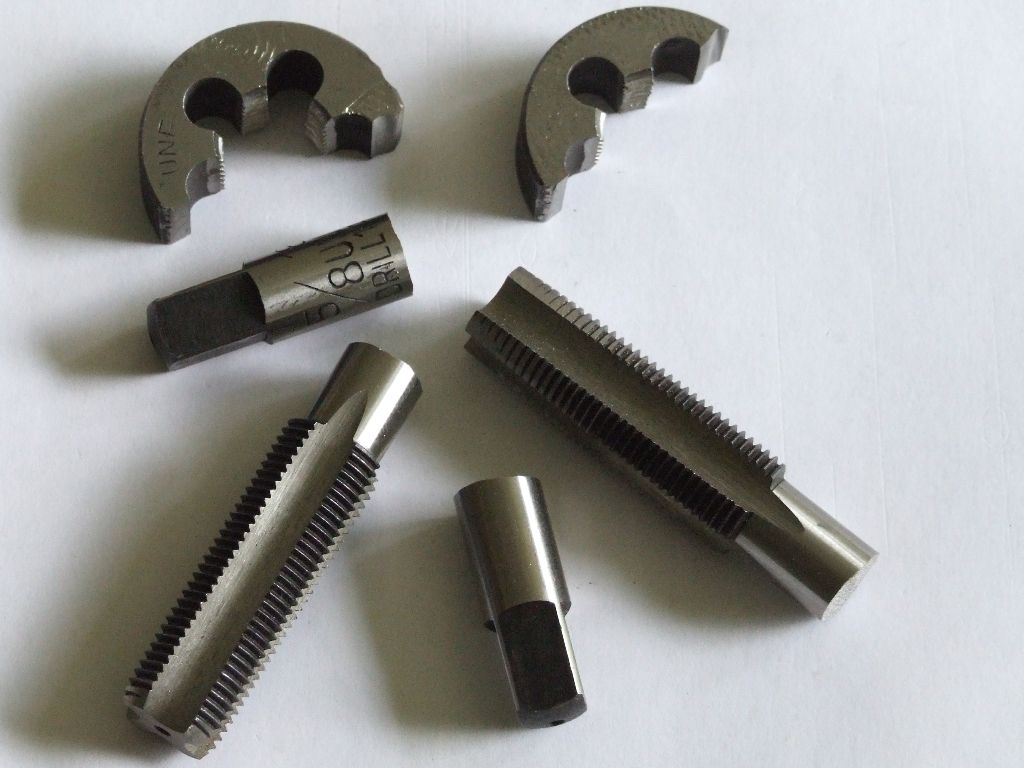Purely an aside, but with a 8 tpi Leadscrew, there are many more thread pitches than multiples, or factors of 8 that can be cut.
A correct selection of changewheels will allow many variations.
From time to time you will run across some of the various "standard" threads, as well as "specials" used by certain manufacturers, for their own particular purposes. As instances:
The Myford ML7 Lathe uses a "non standard" thread to carry the chuck. A 1.125" x 12 tpi Whit form.
The predecessor ML1,2, 3 and 4 started by using a 7/8 x 9 tpi (Standard 7/8 BSW ), then moved to a 7/8 x 12 tpi on the Mandrel. (The Leadscrew was 8 tpi, but the Cross and Top Slide Leadscrews were 12 tpi )
10 tpi makes graduating the handwheels with divisions equating to 0.001" so much easier!
Some far eastern lathes use a 2.25" x 8 tpi Whit form thread for the chuck and Mandrel!
"Screwcutting in the Lathe" by Martin Cleeve (No.3 in the Workshop Practice Series ) and
"Gearing of Lathes for Screwcutting" by Brian Wood will show how a variety of pitches can be cut by the correct selection of changewheels.
The changewheels do as their name says, CHANGE the ratio between the Mandrel and the Leadscrew.
As proof, recently, a Lathe with a 3mm pitch Leadscrew was used to cut a 4 mm pitch thread. The same machine has been used to cut 1.5 mm pitch threads (for ER collet holders ).
With suitable selection of wheels, a mini lathe with a 1.5 mm pitch Leadscrew can advance a tool by as little as
0.06 mm for each revolution of the Chuck. (The changewheels, on mini lathes usually cover from 20T to 80T in 5 tooth increments. In this case, there are two 20T and two 80T wheels in the set.
As in many cases, extra gears can be bought, new or secondhand, to duplicate, or triplicate if you so wish.
BUT the gears must be of the same DP and pressure angle, as well as the required tooth count! A 14 DP gear will be coarser and larger than a 20 DP one with the same number of teeth.
A 127T wheel will allow Metric threads to cut with maximum accuracy, but a 63T wheel will produce threads with acceptable error in most cases, on an Lathe with an Imperial pitch Leadscrew.
For most "standard" threads smaller than 1/2" or 12 mm, I use taps and Dies.
If it needs to be said, BSW and BSW are a different thread form from UNC and UNF. In some cases the pitches coincide, but they are not properly interchangeable. Metric threads are the same form, (60 degrees ) as UNC/UNF but are not interchangeable because of differences in diameter and pitch.
Model Engineer threads (40 and 32 tpi ) are Whitworth form, as are British Standard Pipe and British Standard Brass. Cycle threads are 60 degree form although the same 26 tpi as BSB.
BSP and NTP forms differ in both form and pitch.
BA, mostly used on older electrical fittings, as well as by modellers use another different thread form, and are basically Metric in dimensions.
Howard
Howard Lewis.









